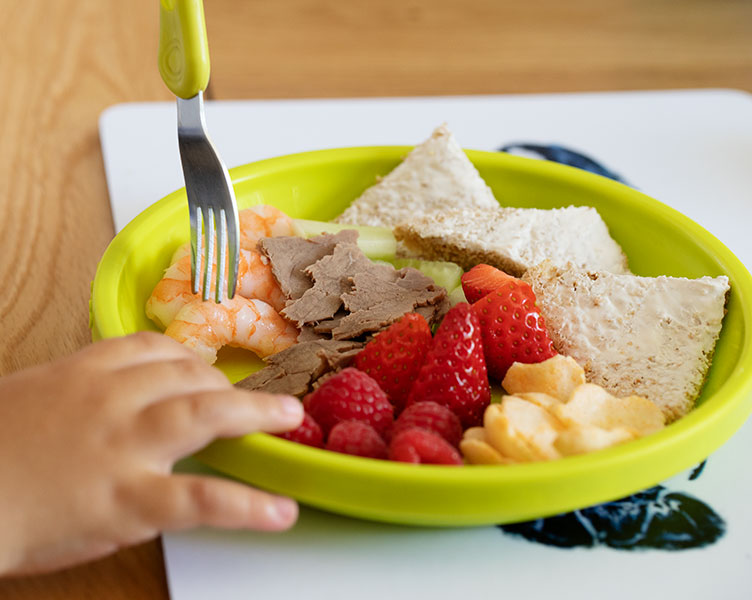The digestive system
Besides learning to understand your child’s medical condition, it is good to what happens to your child’s food intake. Getting to know the digestive system a bit better, will help you understand what is involved in your child’s operation and the special care needed.
The digestive system, or gut, is a complex system that starts at the mouth, where food is broken down and ends at the anus, where waste exits. When food is swallowed, it passes through a long narrow tube (oesophagus) into the stomach. Along the way, the stomach, small intestine, pancreas, liver, gall bladder, large intestine (colon) and rectum work together to process food and turn it into the nutrients that every cell in your child’s body needs to work properly.
When the food arrives in the stomach, digestive juices help to break it down before it is passed into the small intestine. Nutrients needed by your child are absorbed from the food in the small intestine. This is why the small intestine is important. Later, your child’s digested food passes into the large intestine (colon), where water is absorbed, and stool begins to form. The stool coming out from the ostomy might range from a liquid to a thick, pasty consistency. Depending upon where in the bowel the ostomy was created (beginning, middle or end) will determine how much water is absorbed from the stool and how thin or thick it will be. The further stool travels down the small intestine, the more water is absorbed and the thicker it will become.
The stool is stored in the rectum and, ordinarily, leaves the body through the anus. With an ostomy, stool will now pass from the ostomy out of your child’s body.


